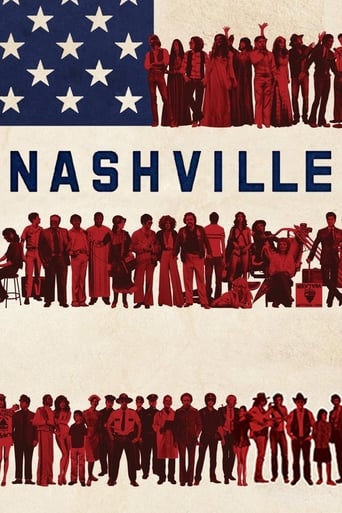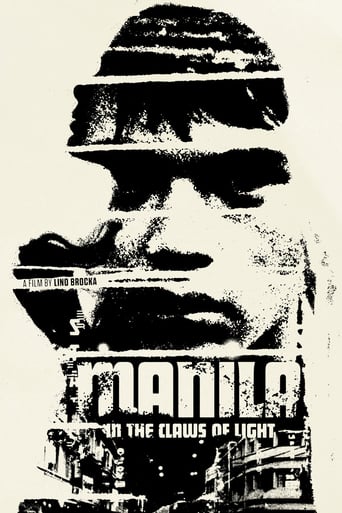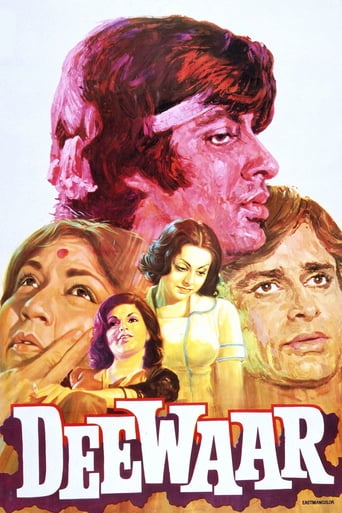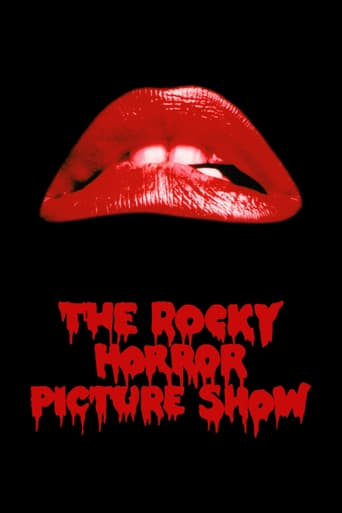
Movies about childhood seen through the eyes of a child are some of the most difficult films to get right. This is mostly due to the struggle to find a convincing child actor. The Spanish director Carlos Saura had the advantage of seeing one such child actress perform in Victor Erice’s brilliant film, “The Spirit of the Beehive.” Her name is Ana Torrent, and she is once again thoroughly convincing in Saura’s sad view of three girls who quickly become parentless during the final years of Franco’s fascist dictatorship in his poignant film, “Cria Cuervos.”
Torrent portrays Ana, an 8-year-old girl who also has two sisters, Conchi (11 years old) and Maite (5 years old). Recently, their mother died in the house from cancer, and the movie’s present time is set in the year Saura made the film (1975). The story is set inside their large and gloomy house outside of Madrid and opens as Ana is awakened by the sounds of love made by her father and his married lover. It seems that Ana blames her mother’s death on her father’s infidelity, as she sneaks outside their bedroom door when suddenly the lover screams, rushes out of the door, and runs away from the house as Ana discovers her father’s dead body on the bed, apparently from a heart attack. From there, her mother’s unmarried sister Paulina (Monica Randall) takes over the house and the responsibility of the three girls. The movie will then follow how life and coming of age occur for Ana, while intertwining Ana’s dream visions of her mother and flashbacks of when her mother and father were alive with futuristic foreshadowing interpretations of Ana as an adult. Portraying Ana’s mother in a dual role with the foreshadowed future adult Ana is Saura’s lover and friend, Geraldine Chaplin. Since the mother is an Englishwoman living in Spain, Chaplin, who is English, uses her own voice as the mother but has her voice dubbed when portraying the adult Ana.
Since this is a movie told from the perspective of a small child, the fantasy elements with Ana’s dead mother fit elegantly within the story, as children are always daydreaming, and a child who lost a loving parent will tend to daydream that the parent is still with them. Especially during times of pain and trauma. The fantasy mother first appears right at the start of the movie when Ana is washing a half-drunk glass of milk that she removed from her now-dead father’s night table. While in the kitchen washing the glass, the mother appears as a loving and tender comfort to the little girl. At this point in the film, I did not realize that the mother was already dead and that Ana was being comforted by her imagination. The scene sets the tone of the entire film, and once I was informed that the opening scene had made Ana an orphan, everything else fell into place.
Seeing a future Ana speaking about her childhood, as that is all the future Ana does in the movie, was also a clever way for Saura to interpret how this childhood effects and creates the adult. I felt pain in the face of the adult Ana while seeing how her childhood continued as an orphan. All of these separate elements between reality, fantasy, the past, present, and future are not presented in a linear fashion, giving the entire film a surrealistic and poetic feel.
Symbolism is used throughout the movie, and Saura used various clever props to instill mystery. For example, the glass of milk is imagined in Ana’s mind as being poisoned by her, and the weapon used is the death of her father, for whom she blames her mother’s death in a way that only a child can assign blame. The poison, of course, is in her mind and is used in other clever ways of showing childish empathy in the wonderful child that is Ana. Living in the big house is Ana’s invalid grandmother, whom everyone looks at with annoyance and treats like another piece of furniture. Except Ana, of course, who will speak to her grandmother and ask her what she wants. When she asks the grandmother if she wants to die, the old lady nods yes, and Ana will give her a glass of milk containing her imagined poison. Other symbolic elements of the movie, such as the men being military men, being cold and selfish, and the prison-like feel of the great house, were elements that did not leave that much of an impression on me. I was more interested in the world of the little girl.
While Aunt Paulina is a sad and cold person, she is also shown as having a heart and seems to truly care about the children. I appreciated the way that she was not portrayed as a villain. Her becoming the guardian of three girls was not her doing, and Saura shows her difficulty. Also, as an unmarried woman, she is depicted as a woman who is set in her ways, which makes a lot of sense. Through the eyes of Ana, she is not her mother, and as such, she is resentful of the little girl. Showing her as a real person and not a villain helps to add depth to the story.
“Cria Cuervos is a sad movie, although within its sadness there are many spurts of childhood joy. Most of the joyful scenes are combined with the playing of Ana’s favorite (or only) music record. Ana’s mother was once a very promising pianist before she got married, and music was dear to Ana. The record is the pop song from 1975, “Porque te vas,” which is a delightfully catchy tune that children love. Ana plays the song to cheer herself up and dances with her sisters to its chirpy tune in one delightful scene.
While many people see “Cria Cuervos” as a metaphor for the end of Franco’s Spain, it is the sadness of a wonderful little girl’s exposure to reality that took me in and swept me away. As a movie made through the eyes of a child and as an interpretation of a child’s resilience over tragedy, it is a movie of extraordinary grace and power.










